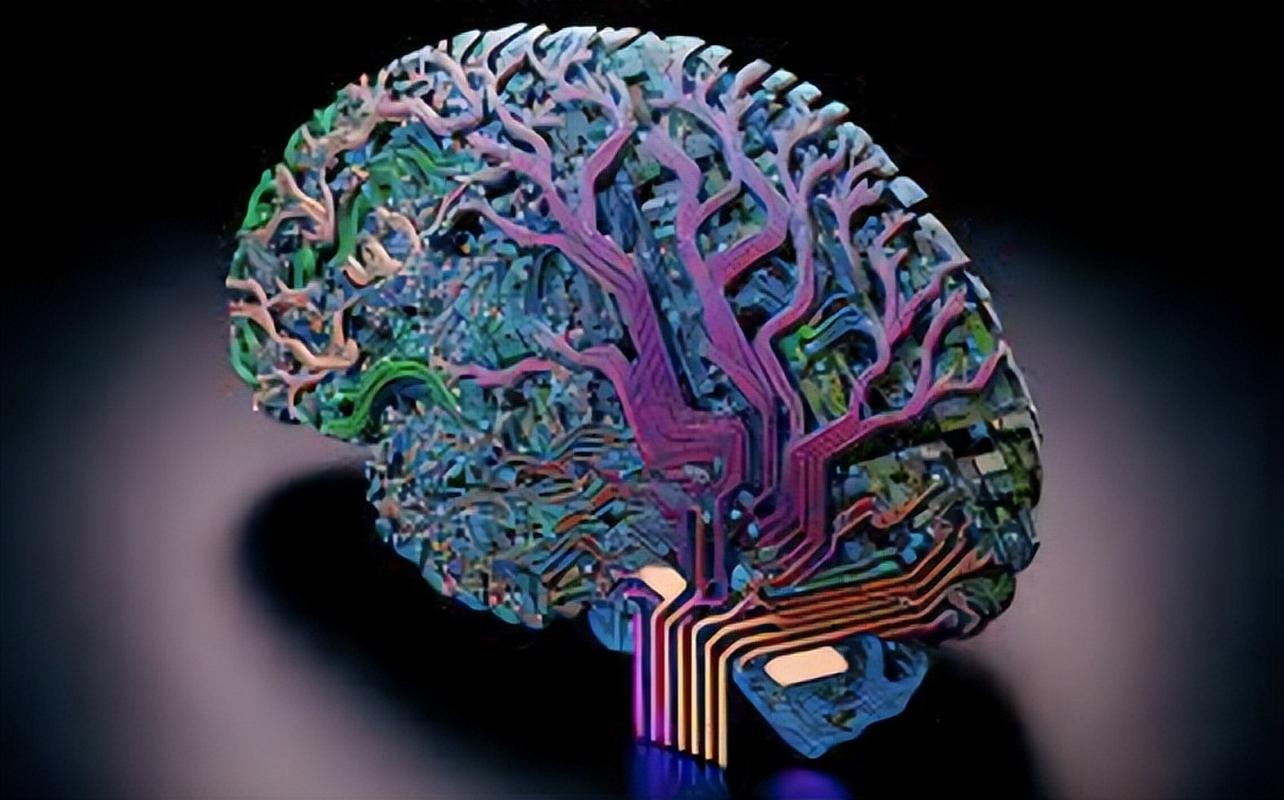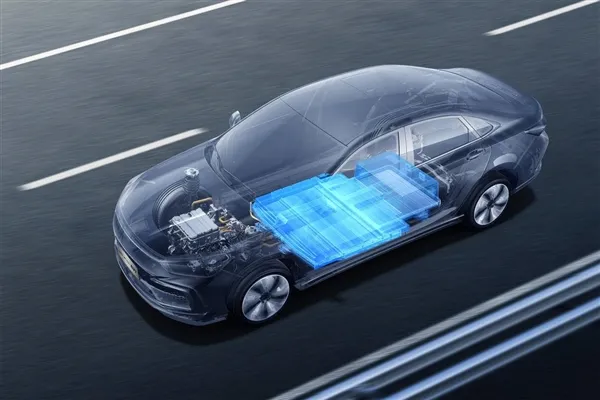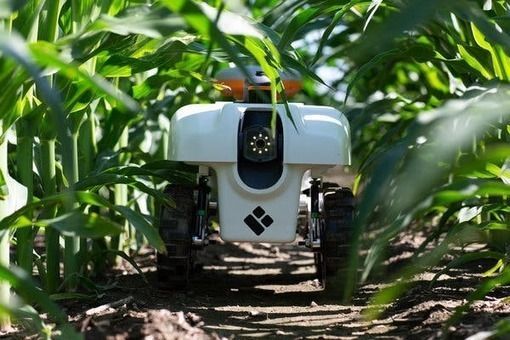Brain Chip's Cloud Brain Makes Neuromorphic AI Within Reach
In the world of artificial intelligence, neuromorphic computing is often portrayed as the "ultimate brain of the future." Mimicking how the human brain works, it enables machines to process complex information faster and more efficiently. But until now, this cutting-edge technology has remained out of reach: researchers and developers needed expensive hardware and cumbersome setups just to get started. Brain Chip's new Akida Cloud aims to break down that barrier, placing a "cloud brain" at developers' fingertips, accessible as easily as opening a web page.

BrainChip, a global leader in neuromorphic AI technology, has spent years | developing chips and systems that replicate how the human brain processes data. Its latest release, Akida Cloud, acts like a virtual lab that anyone can access remotely to tap into Brain Chip’s core innovation, the Akida neuromorphic platform. No more waiting for hardware shipments or wrestling with tedious installation. With just an internet connection, developers can access Akida's latest-generation Akida 2 technology and run their AI models in the cloud. For developers, this means the journey from idea to proof-of-concept, which once took weeks of "cooking”, can now be served up at the push of a button.
Traditional AI model testing typically requires complex local computing resources and time-consuming debugging. One of Akida Cloud's highlights is real-time data feedback: developers can upload live data to the cloud, have it processed by Akida chips, and receive the results instantly. The most immediate benefit is faster prototyping. Previously, teams had to wait for development boards, configure environments, and debug endlessly before even testing. Now, developers can access Akida's core features straight from the cloud, with no physical device required. It's like having an instant online compiler when writing code-you don't have to worry about environment setup, just focus on the logic itself. For AI developers, this means diving straight into model optimisation and feature implementation instead of wasting time on preparation.

But Akida Cloud is more than a tool—it's the backbone of Brain Chip’s growing ecosystem. As the company rolls out new chip versions and configurations, these updates flow directly into the cloud platform. Developers won't need to swap out devices; they'll always have the latest neuromorphic tech at their disposal. Brain Chip also offers a demonstration edge: hardware vendors can showcase working AI models to potential customers through Akida Cloud even before they receive actual chips. This accelerates partnerships and gives clients a firsthand look at the technology's potential.

BrainChip has also fine-tuned its business model. Akida Cloud provides limited free access, allowing developers to experiment before moving to a pay-as-you-go plan. If customers later decide to purchase hardware, part of their cloud usage fees can be credited toward it. This flexible approach lowers the barrier for entry and brings more small and mid-sized teams into the fold. For users who must run models locally, Brain Chip also offers an FPGA-based development platform, ensuring a smooth transition between cloud and on-premise setups. At the heart of Akida Cloud is the Akida 2 chip, which delivers greater adaptability and processing power than its predecessor. Crucially, it supports 8-bit quantisation, enabling developers to run more complex models with preserved accuracy— like painting finer details on the same canvas without needing a larger one.
Neuromorphic chips are naturally suited for this domain: brain-like in how they handle data, low in power consumption, and lightning-fast in response. The significance of Akida Cloud lies in making this technology accessible earlier in the development process, accelerating the adoption of edge AI applications. If past AI chips resembled exclusive "research institutes" for the privileged few, then BrainChip's Akida Cloud is the open door— handing the keys of neuromorphic AI to a much wider community.
(Writer:Tommy)




